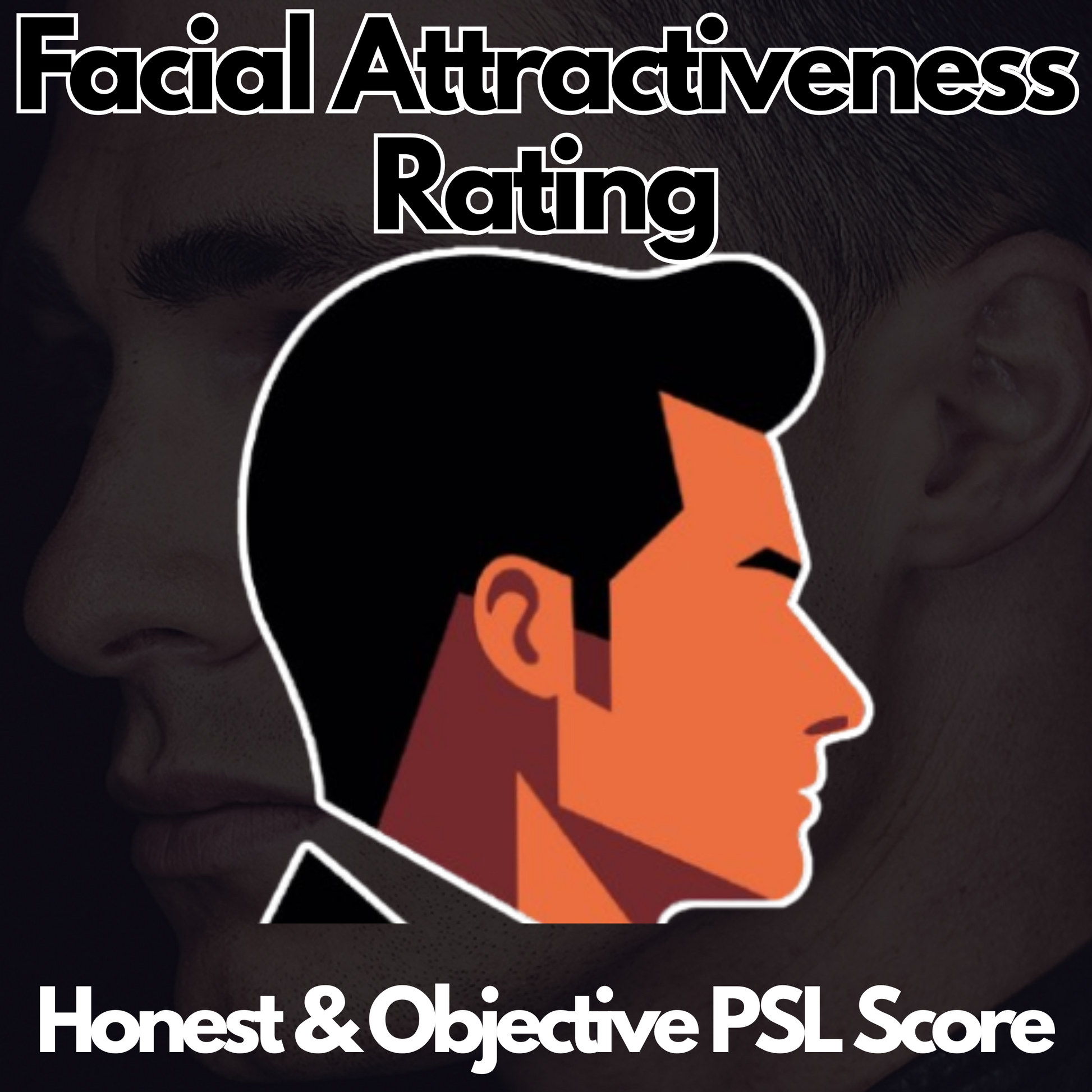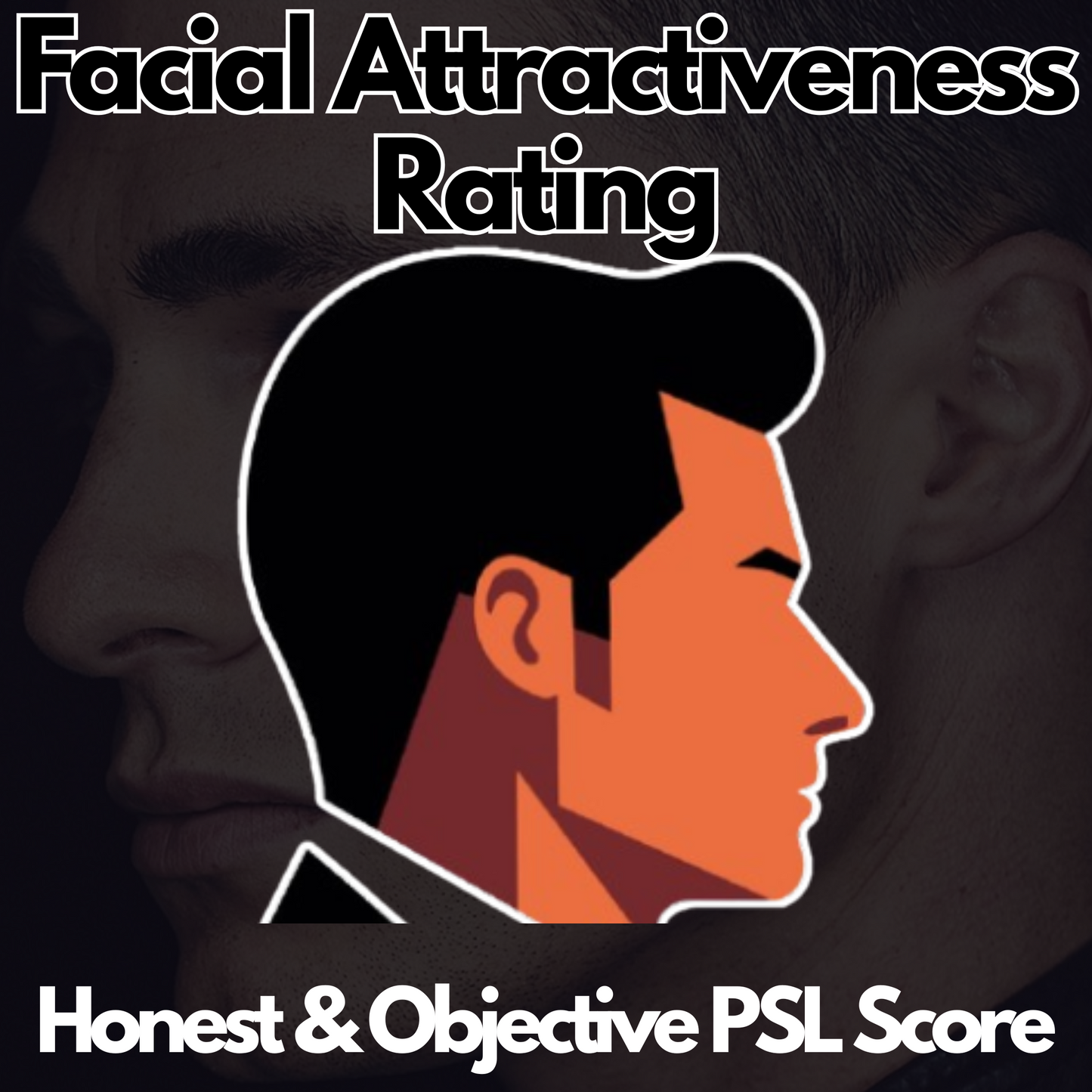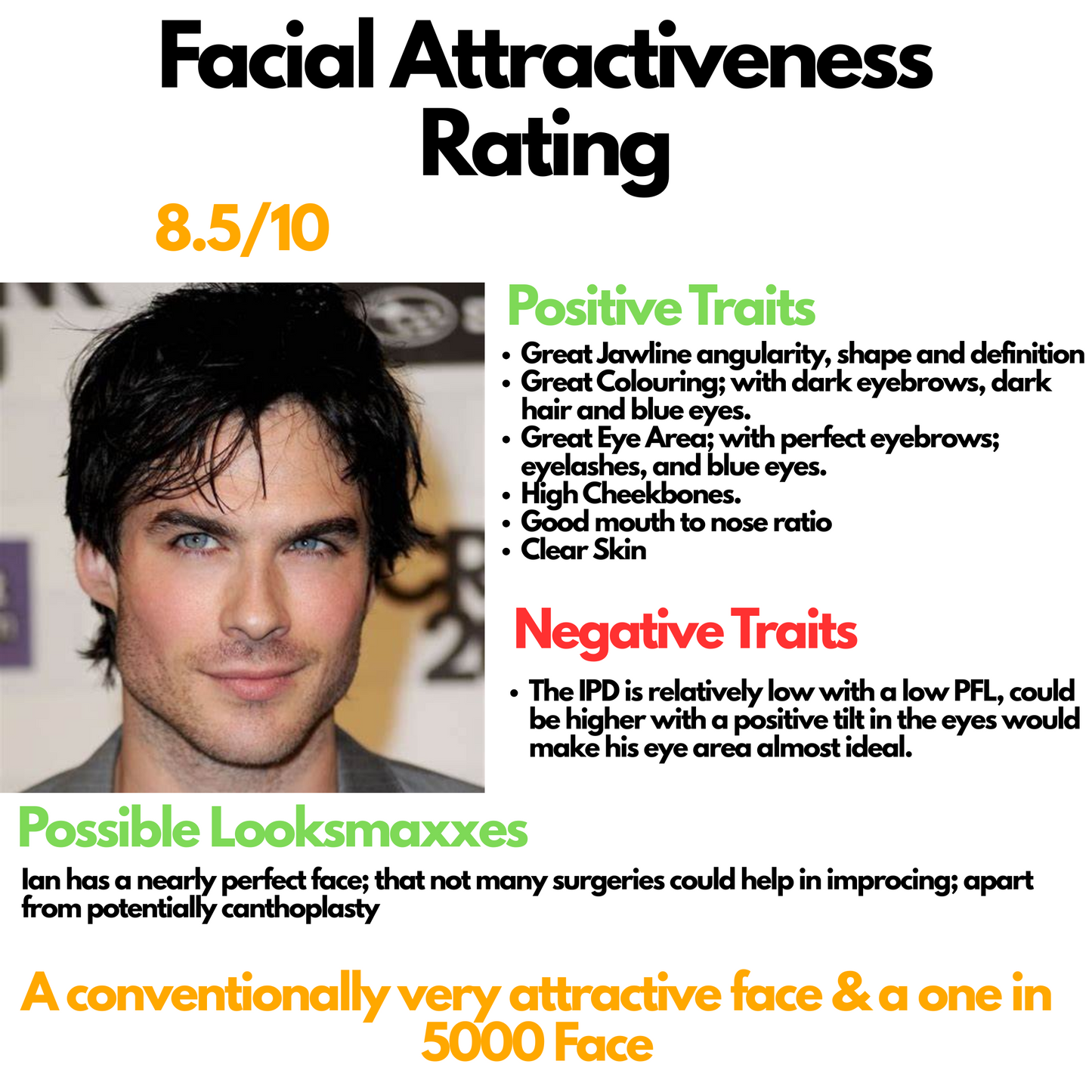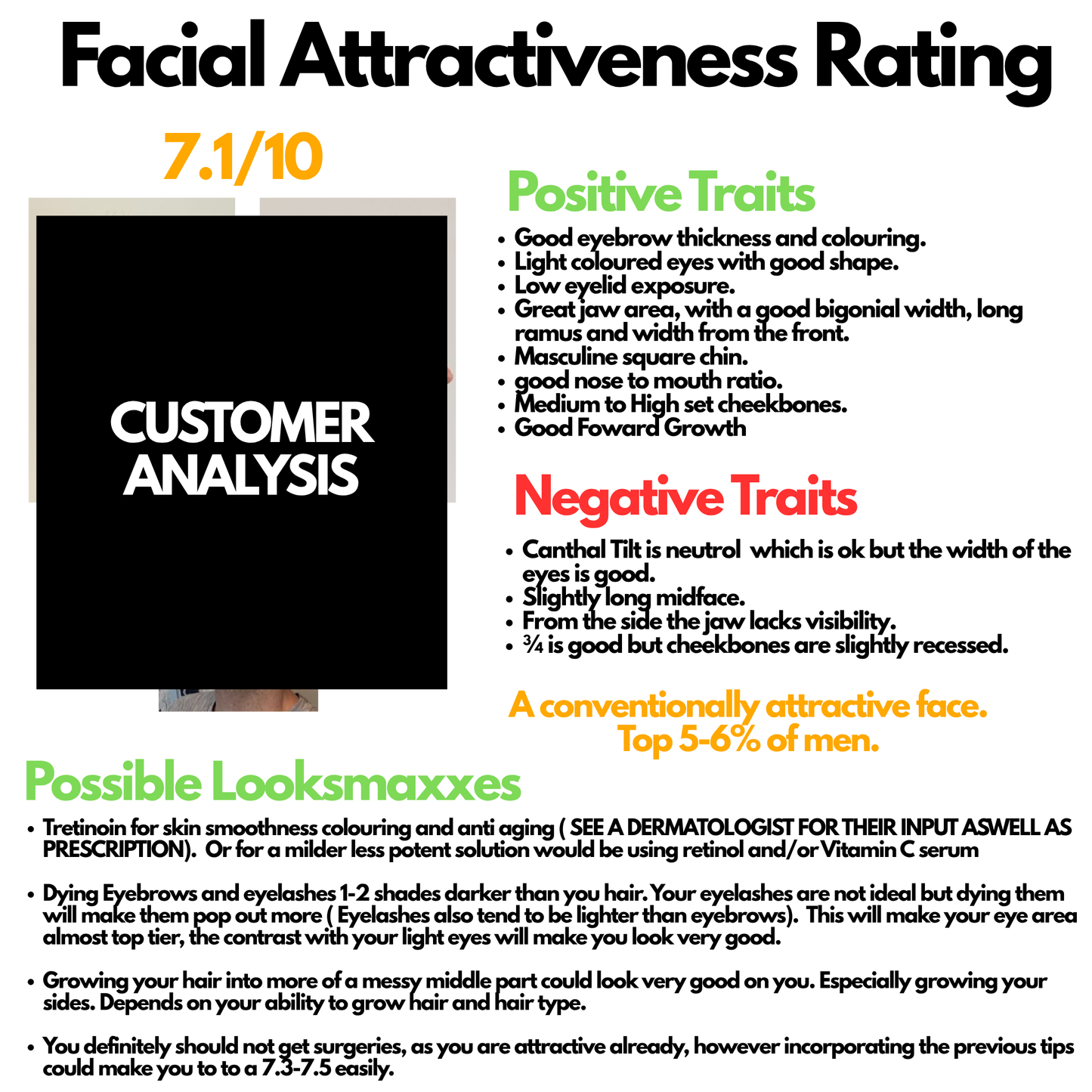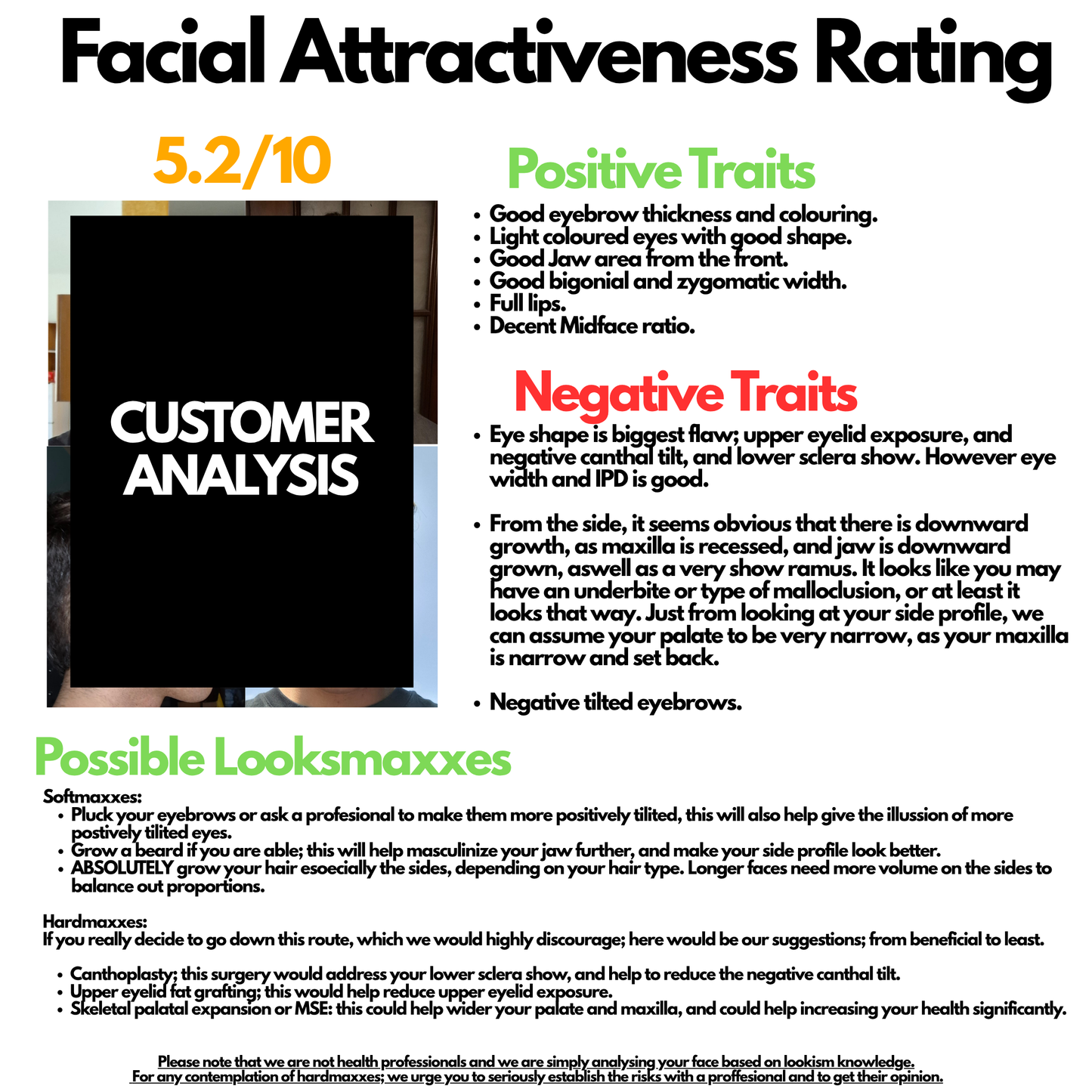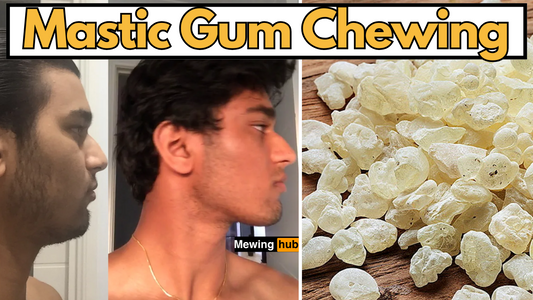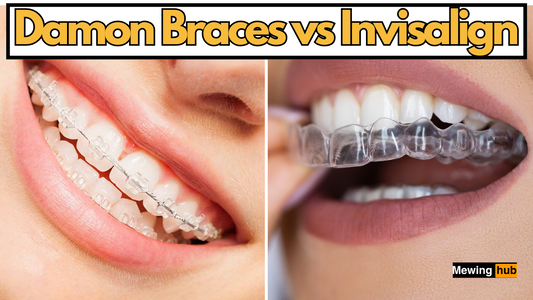Can You Get Mewing Results After the Age of 25?
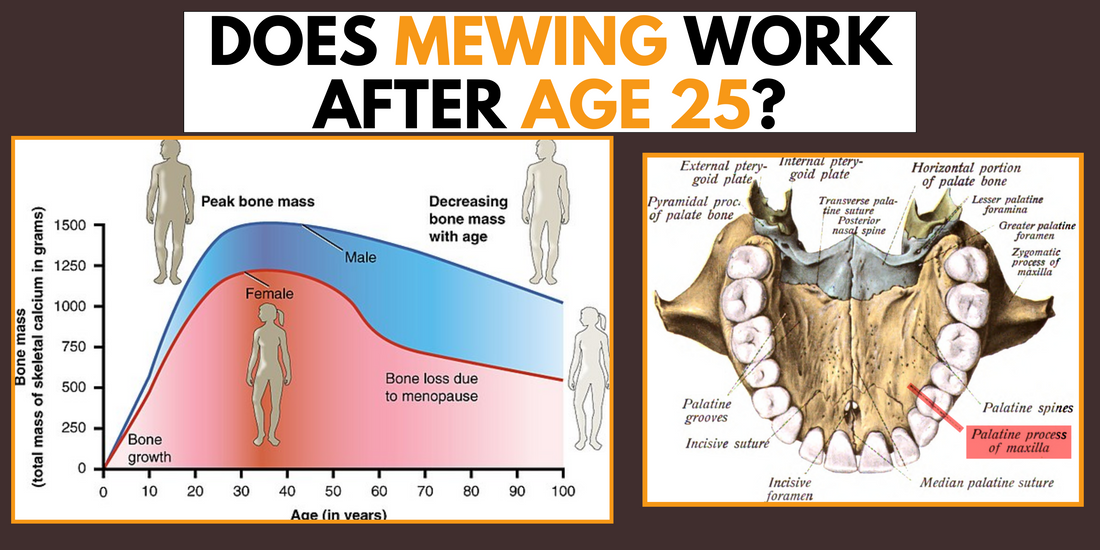
Share
Understanding Facial Bone Development
Before delving into the effectiveness of mewing past 25, it's essential to understand facial bone development.
Contrary to popular belief, facial bones can continue to change throughout life due to remodeling. While the most significant growth occurs during childhood and adolescence, subtle changes can still occur in adulthood.
This ongoing adaptability forms the basis for considering mewing's effectiveness beyond the age of 25.
Facial Bone Remodeling

Facial bones, like all bones in the body, are subject to continuous remodeling. This process involves the resorption of old bone and the formation of new bone tissue. Remodeling is influenced by various factors, including mechanical stress, hormonal changes, and nutritional status. Studies have shown that even in adulthood, the facial bones can respond to sustained pressure and remodeling stimuli (Oxford Academic) (Oxford Academic).
Mewing's Effectiveness After 25

Mewing works by promoting optimal tongue posture and jaw alignment, which can influence the facial structure.
While younger individuals may experience more pronounced changes due to their still-developing facial bones, older individuals can also benefit from improved oral posture.
These benefits, however, might be less about bone movement and more about muscular toning and alignment.
Benefits for Adults
For adults, the primary benefits of mewing may include:
- Improved Muscle Tone: Proper tongue posture can help tone the muscles of the face and neck, potentially leading to a more defined jawline and improved facial aesthetics.
- Better Oral Health: Maintaining correct tongue posture can improve oral hygiene by reducing the risk of dental malocclusions and promoting better alignment of the teeth.
- Enhanced Breathing: Proper tongue posture supports nasal breathing, which can reduce the risk of sleep apnea and improve overall respiratory function.
Realistic Expectations and Patience
For those over 25, it's crucial to set realistic expectations when practicing mewing. Changes, if they occur, will be gradual and may be less noticeable than in younger individuals.

The timeline for seeing results can vary widely, with some individuals noticing subtle changes within months and others requiring years of consistent practice.
Benefits of Mewing Beyond Aesthetics

Regardless of age, mewing can offer benefits beyond just facial aesthetics. Proper tongue posture can contribute to improved breathing, better oral health, and may alleviate issues like sleep apnea and snoring. These health benefits are relevant at any age and provide additional motivation for practicing mewing.
Health Benefits of Mewing
- Improved Breathing: Proper tongue posture encourages nasal breathing, which can enhance oxygen intake and improve sleep quality. This is particularly beneficial for individuals with sleep apnea or snoring issues.
- Better Oral Health: Correct tongue posture can help maintain the alignment of the teeth and reduce the risk of dental malocclusions. It can also promote better oral hygiene by minimizing the buildup of plaque and tartar.
- Enhanced Posture: Maintaining proper tongue posture can support overall body alignment, potentially reducing the risk of neck and back pain.
Learn more about how mewing can help alleviate sleep apnea and snoring.
Combining Mewing with Other Practices
Individuals over 25 might consider combining mewing with other health and wellness practices to optimize results. This could include regular exercise, a balanced diet, and skincare routines. In some cases, consulting with orthodontic or maxillofacial specialists might be beneficial, especially if there are underlying dental or skeletal issues.
Holistic Approach to Facial Health
- Exercise: Regular physical activity can improve overall muscle tone and support the facial muscles involved in mewing.
- Nutrition: A balanced diet rich in vitamins and minerals supports bone health and can enhance the effectiveness of mewing.
- Professional Guidance: Consulting with healthcare professionals can provide personalized advice and ensure that you are practicing mewing correctly.
Conclusion
The question of whether mewing is effective after the age of 25 does not have a one-size-fits-all answer. While significant facial restructuring is less likely in adulthood, subtle improvements and health benefits are possible with consistent practice.
It's important to approach mewing with realistic expectations, understanding that results vary widely among individuals and depend on various factors, including age, genetics, and consistency of practice. Mewing after 25 can be part of a holistic approach to health and wellness, contributing positively to one's quality of life and overall well-being.

